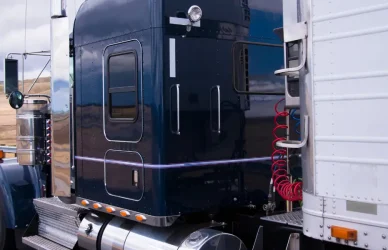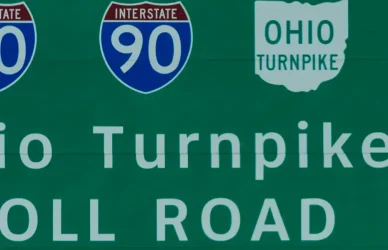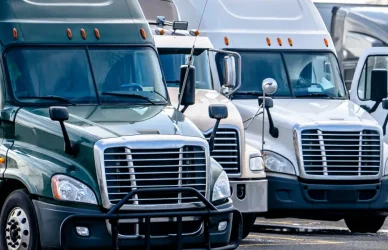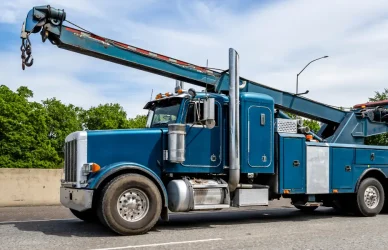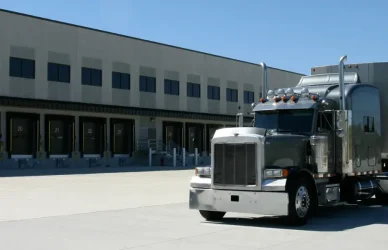In the coming weeks, the Federal Motor Carrier Safety Administration (FMCSA) is expected to debut a proposal aimed at facilitating a safe introduction of commercial motor vehicles with automated driving systems into our highways and byways.
While the details of the proposal are unknown at this time, the notice is expected to include possible changes to the commercial vehicle operations, inspection, repair, and maintenance regulations as part of an effort to “prioritize safety and security, promote innovation, foster a consistent regulatory approach to ADS-equipped commercial motor vehicles, and recognize the difference between human operators and ADS.”
In 2019, an advanced notice of proposed rulemaking for automated systems was issued. At this time, OOIDA said some of the proposal was premature as the industry was still learning whether or not the technology is practical and safe.
“As autonomous technology develops, OOIDA is concerned that federal regulators will put on blinders and push for more technology as the answer to the industry’s problems without considering the negative impacts of these technologies,” the Association wrote in comments signed by President Todd Spencer. “Regardless of their potential, it is important to understand the implications automated vehicles will have on public roadways. Despite various claims that AVs will lead to zero deaths, there have been real-world situations in which automation has devastatingly failed.”
While the Commercial Vehicle Safety Alliance has acknowledged the potential of automated driving systems, they have also cautioned that the technology has not surpassed the safety level of a human driver.
“We have not yet reached that point and CVSA urges FMCSA to proceed with caution and not to remove or relax necessary safety regulations to enable the testing of unproven automated driving systems on public roads,” CVSA wrote in its 2019 comments. “Motor vehicle regulations were established to address safety needs. Empirical evaluation of durability, reliability and performance of ADS and their components, as well as the required communications networks on which some functionality may rely cannot be assumed.”
Source: LandLine




